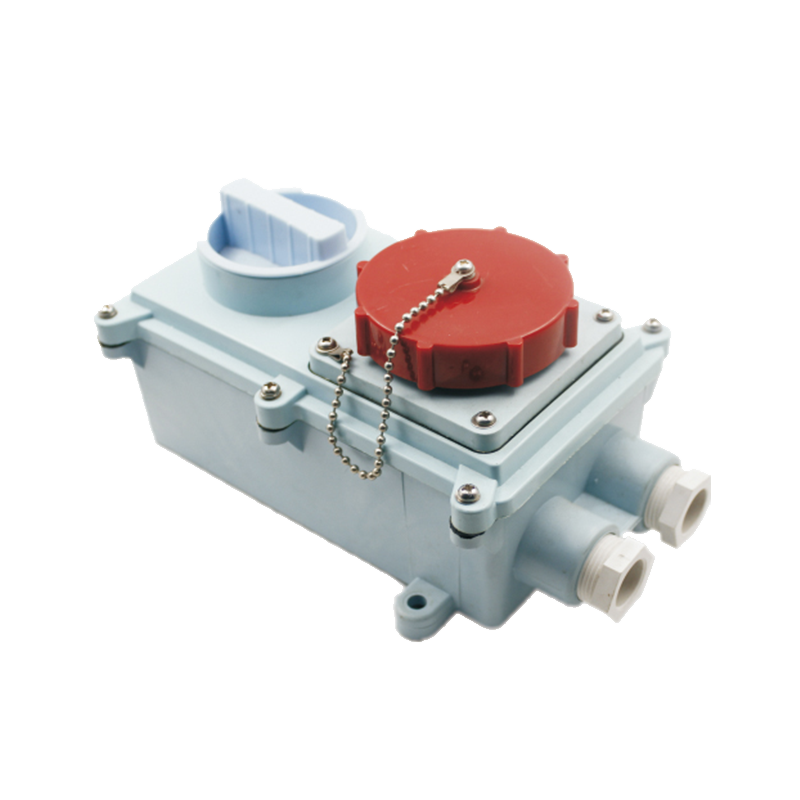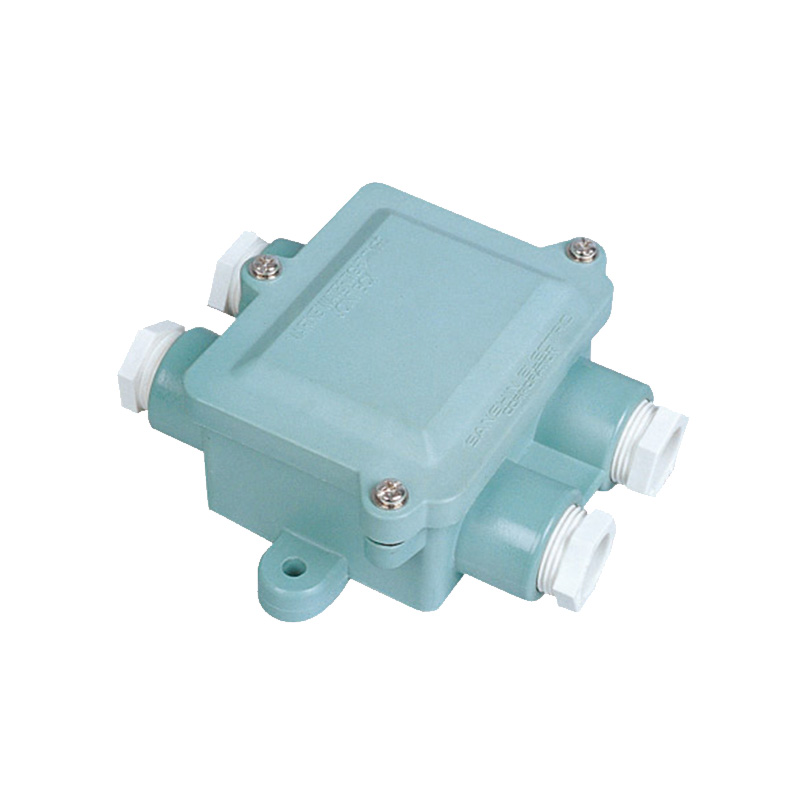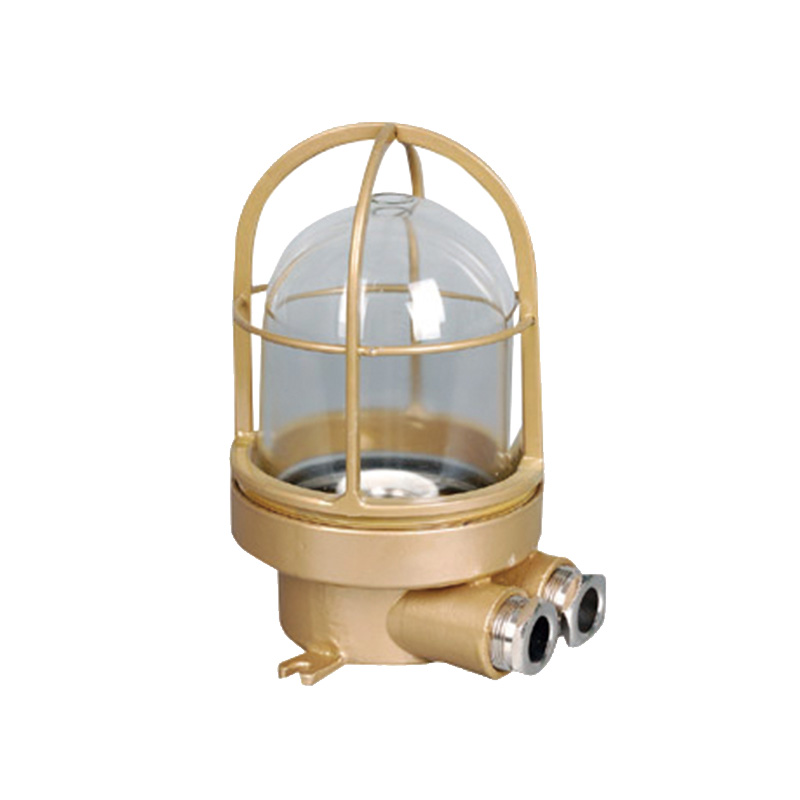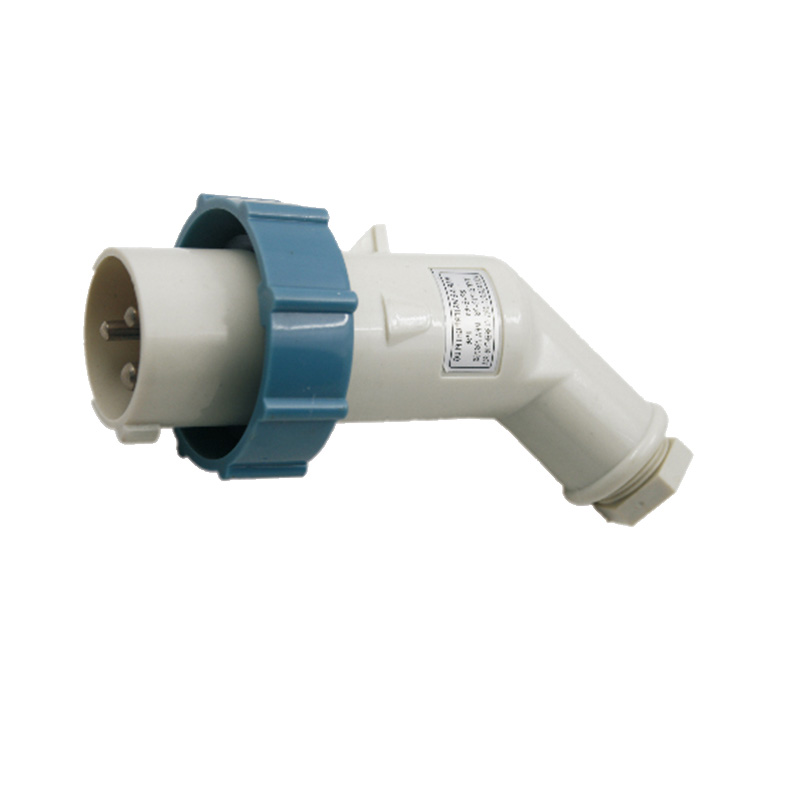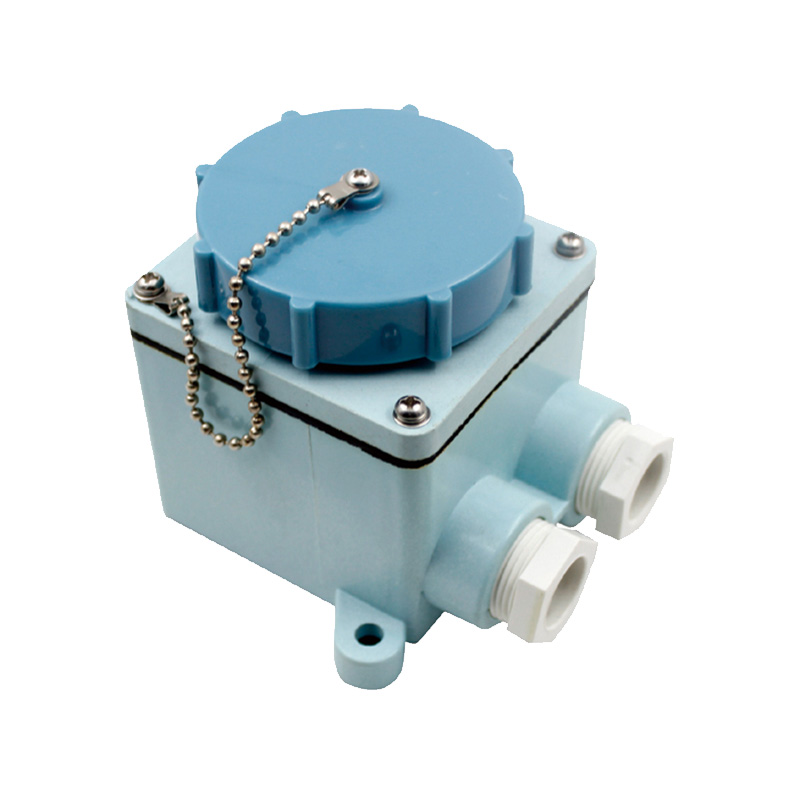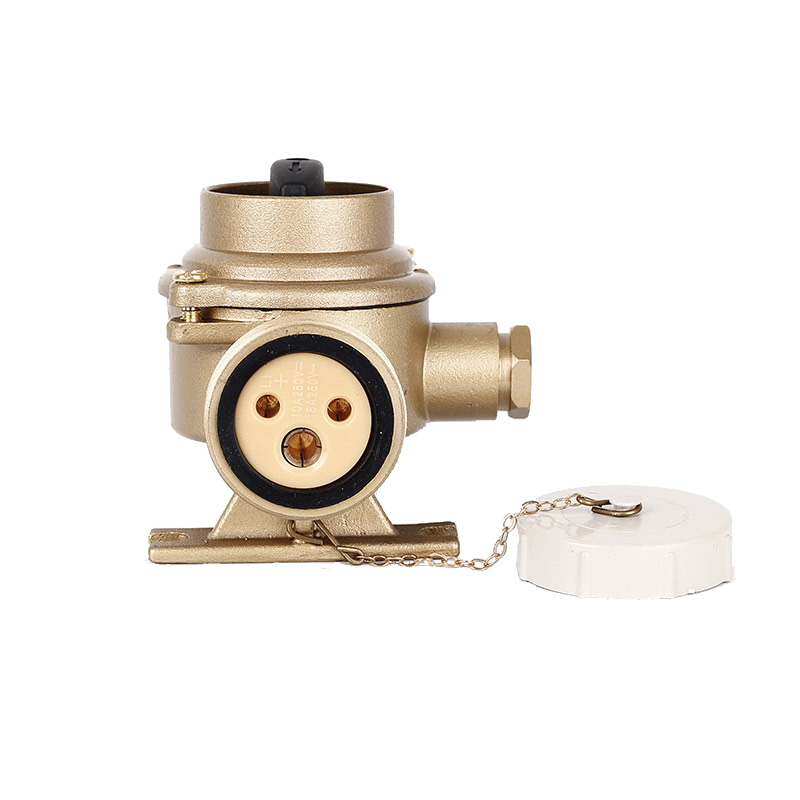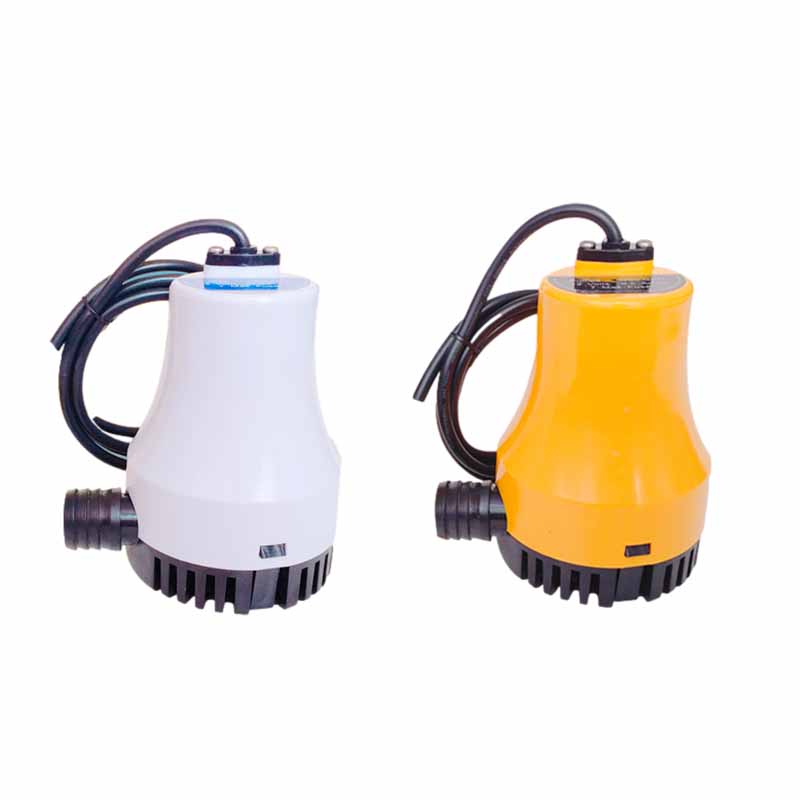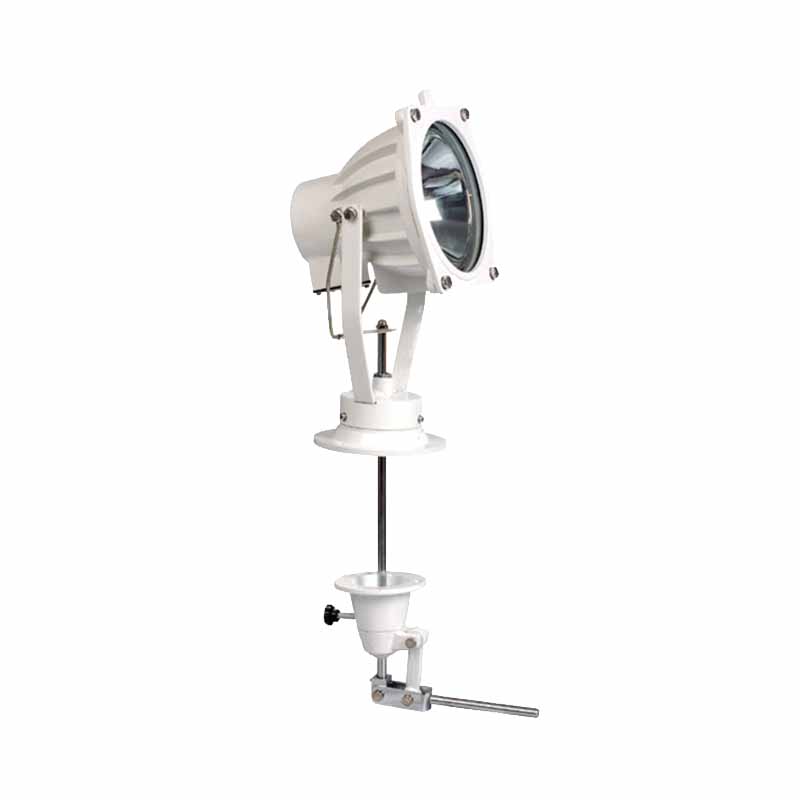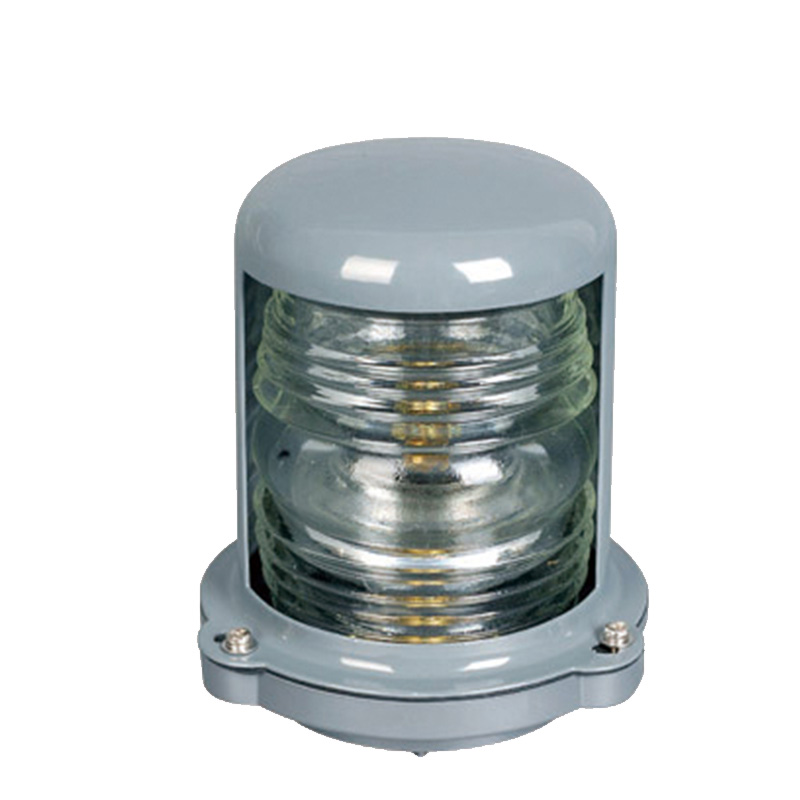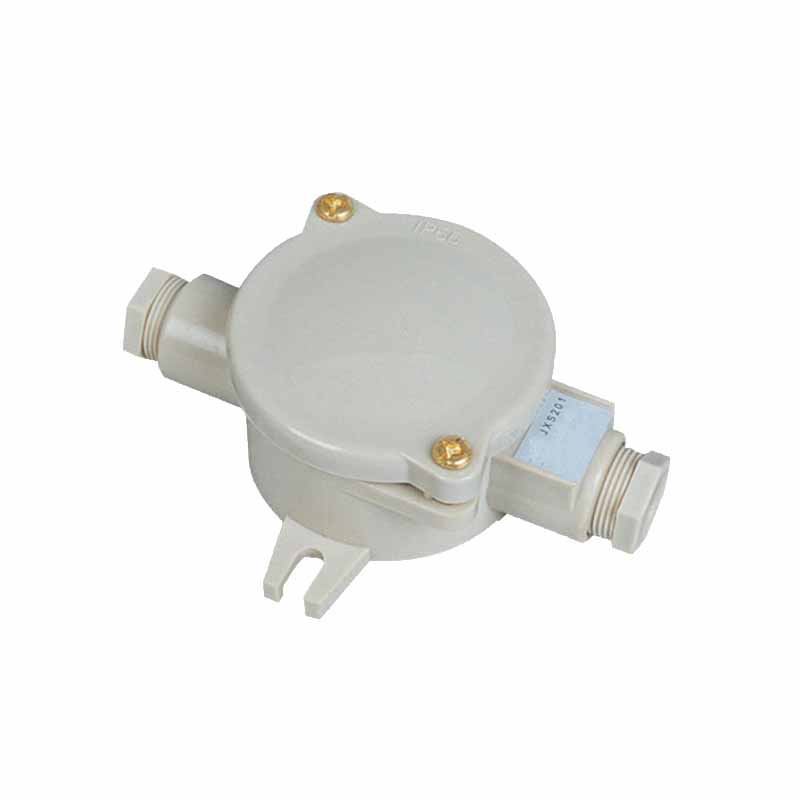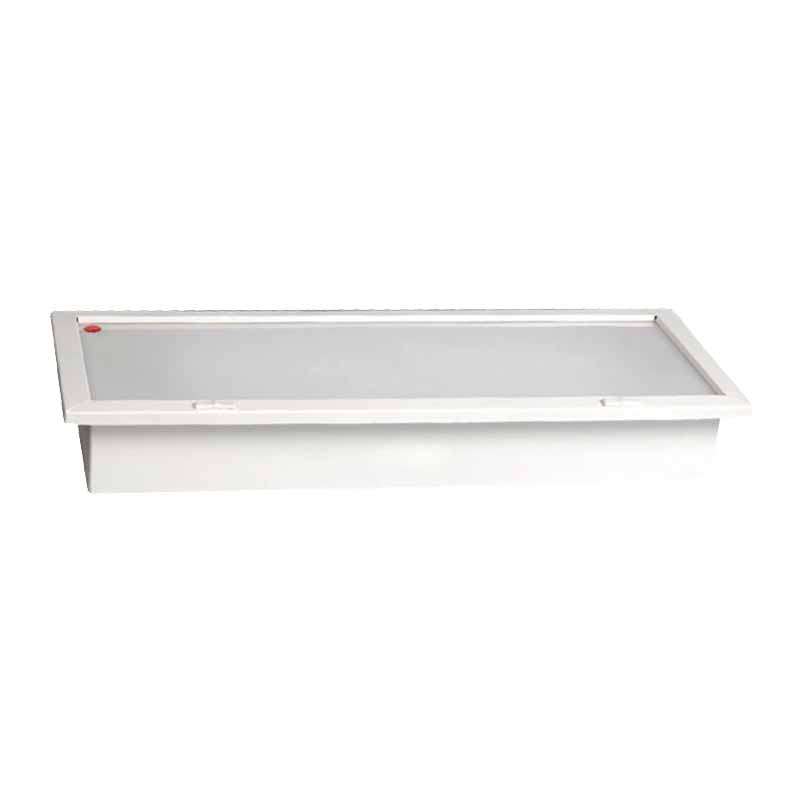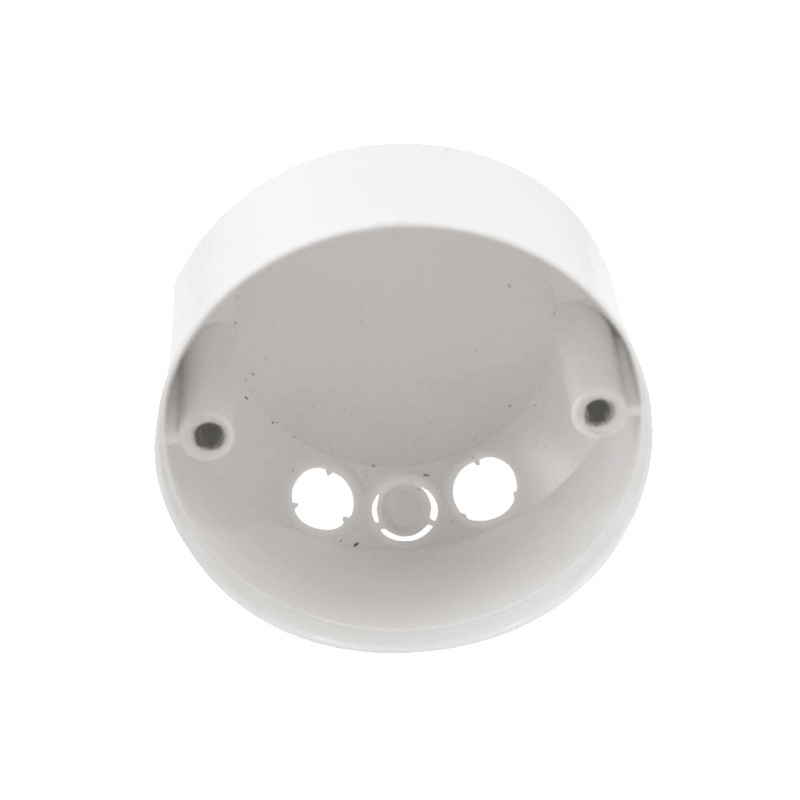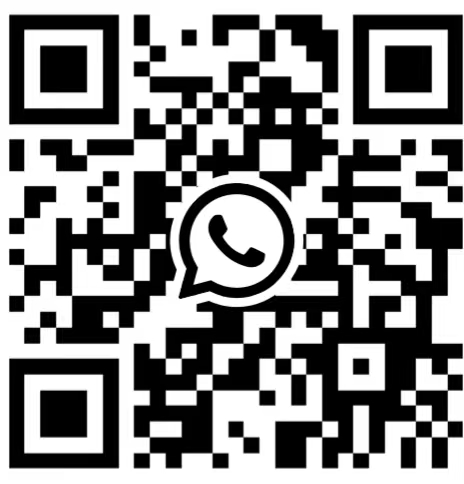Marine Navigation Light
When medium and large ships are sailing at sea, various signal equipment must be installed as communication signals to indicate the position, nature, working status, and towing status lights of the ship. The ship navigation signal light system is an important part of the safe navigation of ships, and it is an important lighting system to ensure the safe navigation of ships at night. According to the ship refuge rules, the navigation signal equipment that must be installed on the ship include the ship's Navigation light, signal light and fog whistle. On modern and advanced ships, Navigation light system includes front mast light, rear mast light, port and starboard light, Suez Canal light and Panama steering light. There are many kinds of signal lights, such as the light with limited control ability, the light with out of control, the propeller warning light, the Suez Canal Panama steering light, etc. The specific installation position, lighting angle and brightness of Navigation light and signal lights have special requirements.
Navigation lights include front and rear mast lights, left and starboard side lights, tail lights, front and rear anchor lights. The color and angle requirements for installation are as follows:
Front and rear mast lights: white, the total angle of the horizontal light arc is 225˚, and the visible distance is 6n mile.
Port side light: red, the total angle of the horizontal light arc is 112.5˚, and the visible distance is 3n mile.
Starboard light: green, the total angle of the horizontal light arc is 112.5˚, and the visibility distance is 3n mile.
Tail light: white, the total angle of the horizontal light arc is 135˚, and the visibility distance is 3n mile.
Front and rear anchor lights: white, the total angle of the horizontal light arc is 360˚, and the visible distance is 3n mile.
When sailing at night, if we only see the tail lights of a certain ship, it means that the instinct is behind the ship; if we see the traffic lights of a certain ship at the same time, it means that the ship is in front of the ship, Light (or green light), indicating that the ship is on the left (or right) of the ship. At the same time, it can also judge the sailing direction of the ship according to the position changes of the front and rear mast lights at different times.
Navigation light quality standard:
1) The navigation light should have waterproof function, and the light head should have a structure to prevent it from loosening. The navigation light shall adopt twin-filament light bulbs (or double-layer light bulbs), and its control box shall be in the cab. The switches and indicators on the control box shall have nameplates to explain their uses. The cables of the navigation light, the sealing of the stuffing box, the lampshade and the bulb should be complete, and the grounding should be good and reliable. The insulation resistance of the navigation light route is not to be lower than 1.0MΩ.
2) A transfer switch is to be installed on the navigation light control box or at an appropriate position on the bridge to convert the power supply. Each navigation light is to be supplied by an independent shunt drawn from a navigation light control box installed in an easily accessible position in the navigating bridge, and each insulated pole of these shunts is to be connected with a switch installed in the control box and Fuses or circuit breakers for control and protection.
3) The navigation light control box is to be directly powered by the main switchboard; if a temporary emergency power supply is provided, the navigation light control box is to be directly powered by the emergency switchboard and the temporary emergency charging and discharging board.
4) An automatic indicator capable of issuing audible and visual alarm signals in the event of failure of each navigation light is to be provided. If a light indicator connected in series with the navigation light is used, there is to be a means to prevent the navigation lights from being extinguished due to the failure of the signal light. measure. It is also to be provided with audible and visual alarms for power failure of the navigation light control box.
5) The navigation light control box can be extended to supply power to the signal lights stipulated in the International Code of Refuge at Sea, and other electrical equipment should not be connected to the control box.



